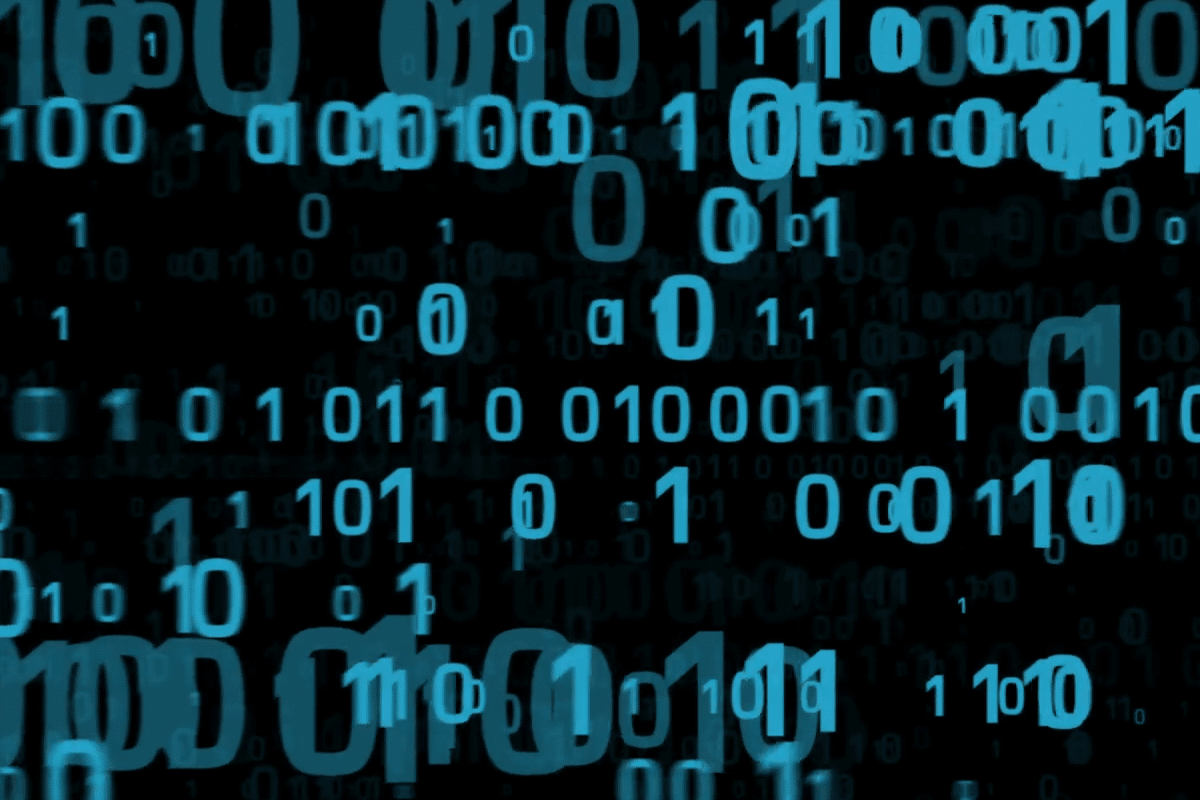344
Using the binary number system is efficient for digital technologies because electronic circuits can easily distinguish between two states, that is, between zeros and ones. This results in a reliable way of processing data.
Nulls and ones as a digital form of information
Digitisation is the process of converting analogue information into a digital form consisting of a combination of zeros and ones. This binary number system forms the basis for digital technologies and computers. Each individual digit in this system is called a “bit”, which is an abbreviation for “binary digit”.
- Basics of the binary number system: In the decimal system, the number system we usually use, we have ten digits (0 to 9). In the binary system, on the other hand, we have only two digits: 0 and 1. Everything is represented in combinations of zeros and ones.
- Bit and byte: A single bit can take the value of either 0 or 1. Eight bits together form a group called a “byte”. A byte can represent 256 different combinations of zeros and ones (2^8 possibilities), which is sufficient to represent various characters, letters and numbers.
- Digital representation: All information in digital systems is stored in the form of zeros and ones. For example, text is stored in the form of character encodings where each character is assigned a specific combination of zeros and ones. Similarly, images, videos, audio files and other data are represented in binary form.
- Processing of data: The processing of data in computers is based on the manipulation and conversion of zeros and ones by circuits and processors. Logical operations, such as AND, OR and NOT, are used to process the binary data to perform complex tasks.
